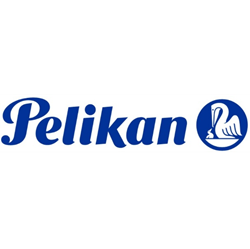Inkjet Printers Help Scientists Make Drugs
HP may have spent the last 25 years in the business of helping consumers print out documents and photos, but it has spent the last few years working with pharmaceutical labs.
According to popsci.com, the website for making science popular, HP’s research and development teams have been working on ways to transfer standard inkjet technology to helping scientists develop new drugs.
As a result, companies such as Astra Zeneca, GlaxoSmithKline and SIGA Technologies are using HP’s new Direct Digital Dispenser (HP D300) to develop an experimental compound dubbed ST-246, which would be given to people who are diagnosed with smallpox too late for a vaccine to help.
Popsci reports: ”About five years ago, HP realized the precision technology used in its Officejet Pro X printhead might have applications in the life sciences space. The Officejet Pro X has a sophisticated printhead that’s able to spew out tiny drops of ink for ultra high-resolution printing”. According to Joe Dody, business manager of specialty printing systems, HP’s first printer, the ”Thinkjet,” had 12 nozzles with drop volumes of 220 picoliters each. (One picoliter is one-trillionth of a liter. For scale, think: an average raindrop contains several hundred thousand picoliters.) Photo-quality printing demands drops of less than 10 picoliters. The Officejet Pro X has a sophisticated page-wide print bar that features a fixed inkjet printhead, which images the full width of the paper path in one operation and contains 42,240 nozzles jetting drops of 6 picoliters each, one at a time through individual nozzles. ”We spent a lot of money and time getting the drops that small,” Dody says.



Leave a Comment
Want to join the discussion?Feel free to contribute!